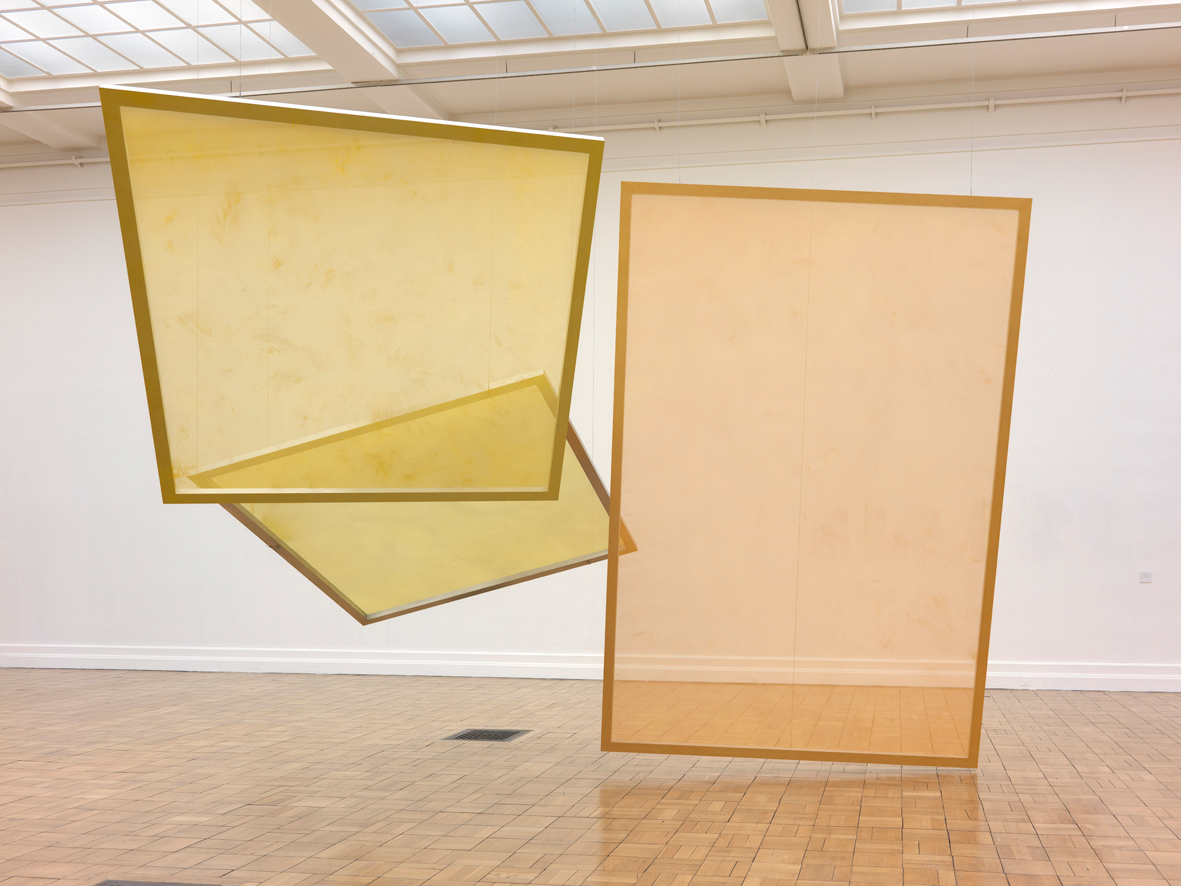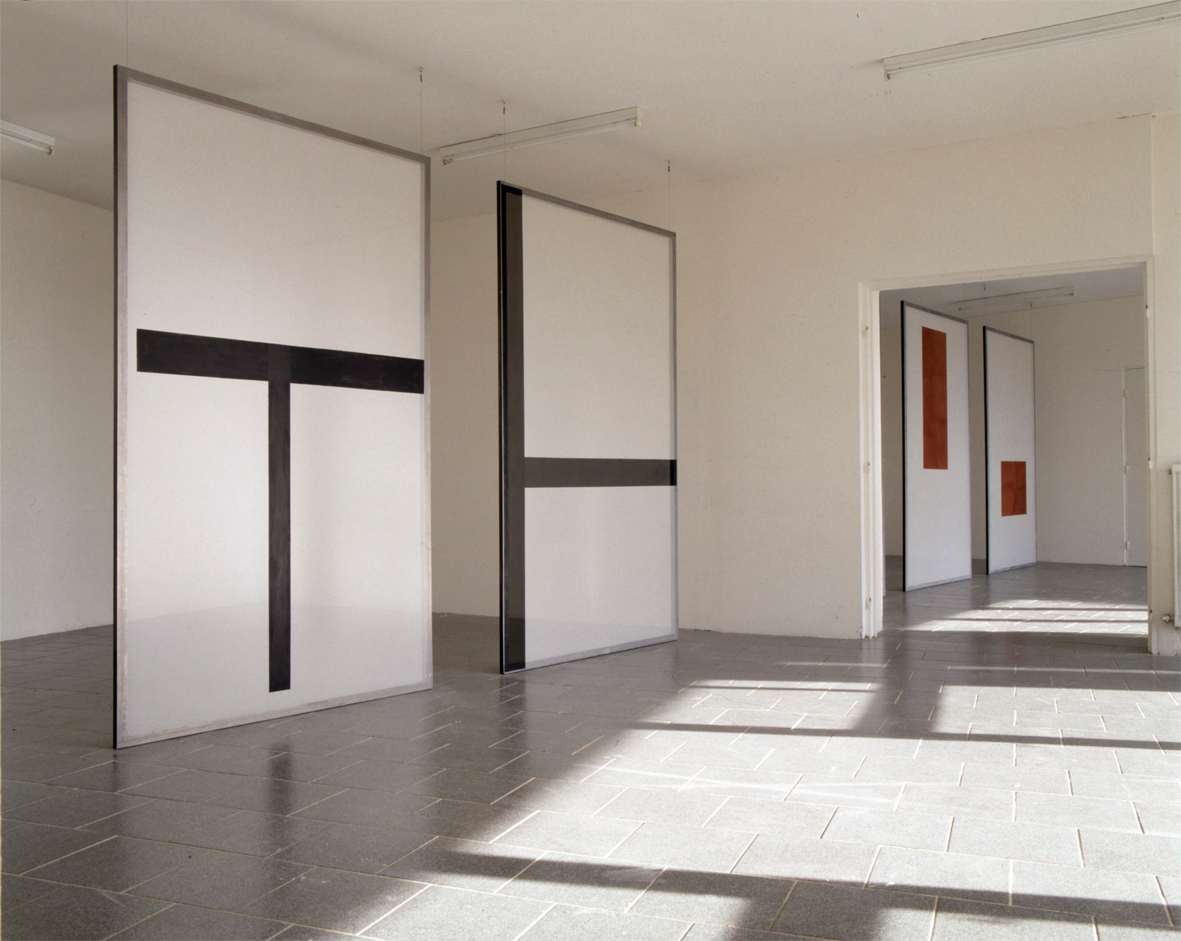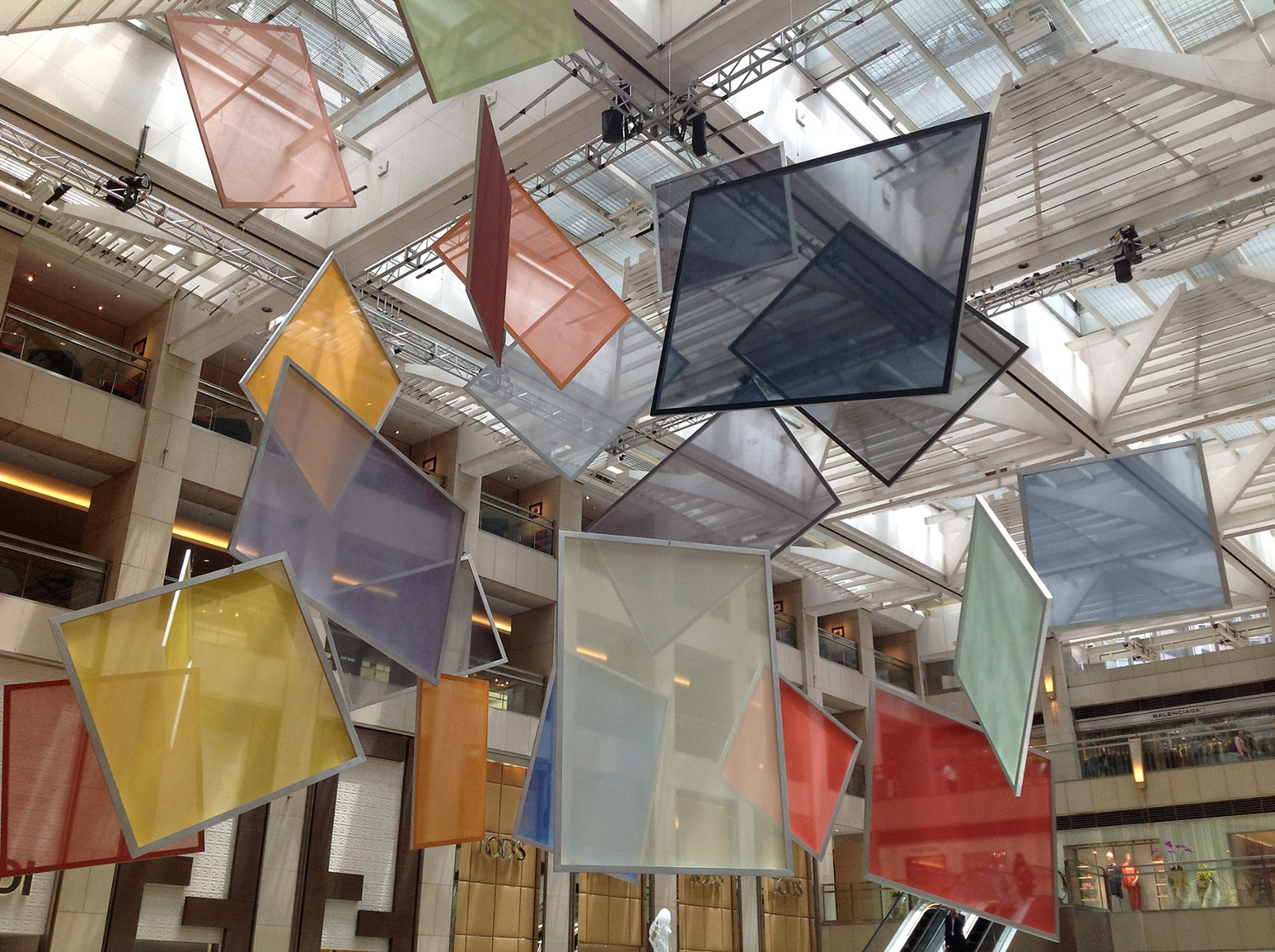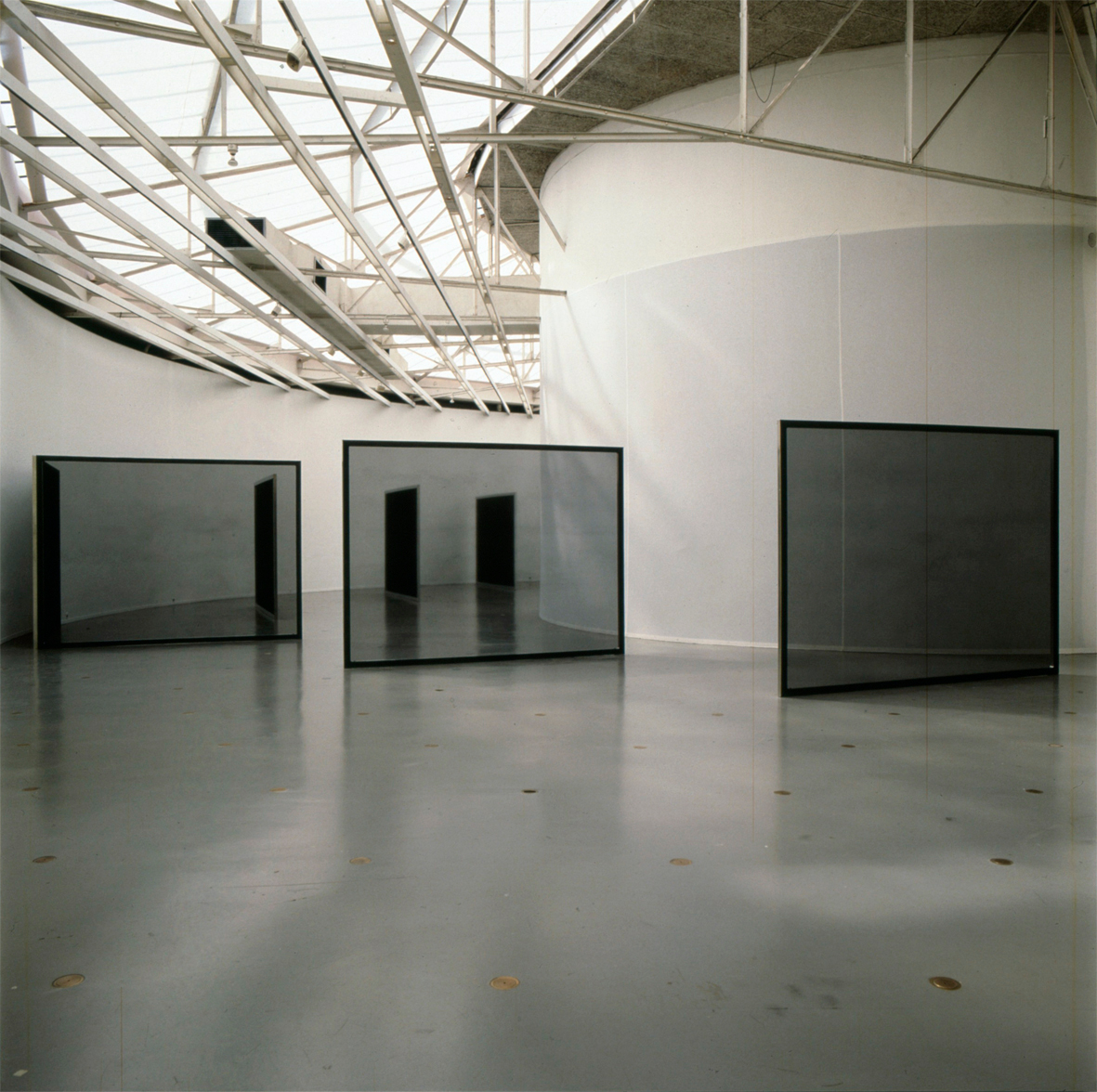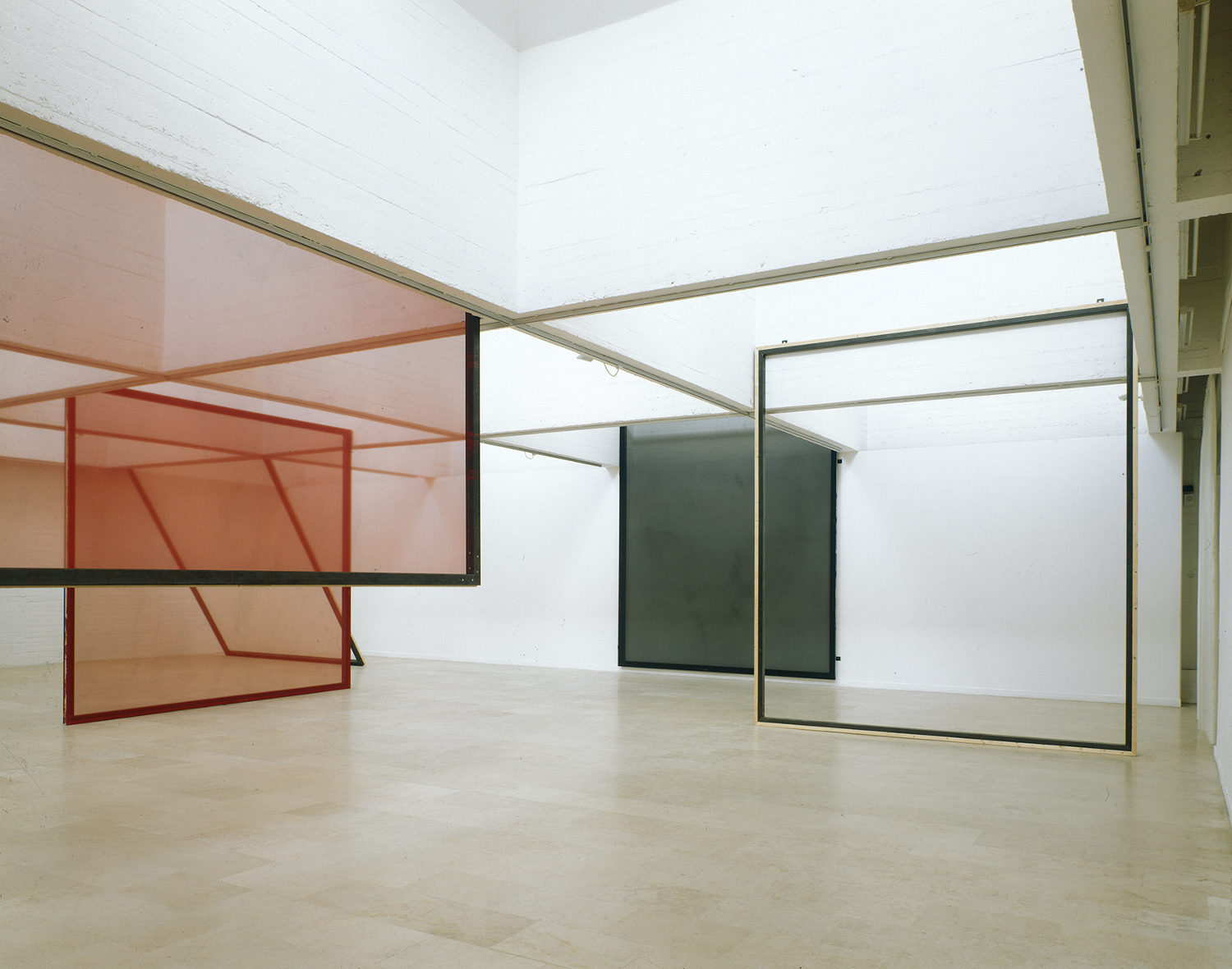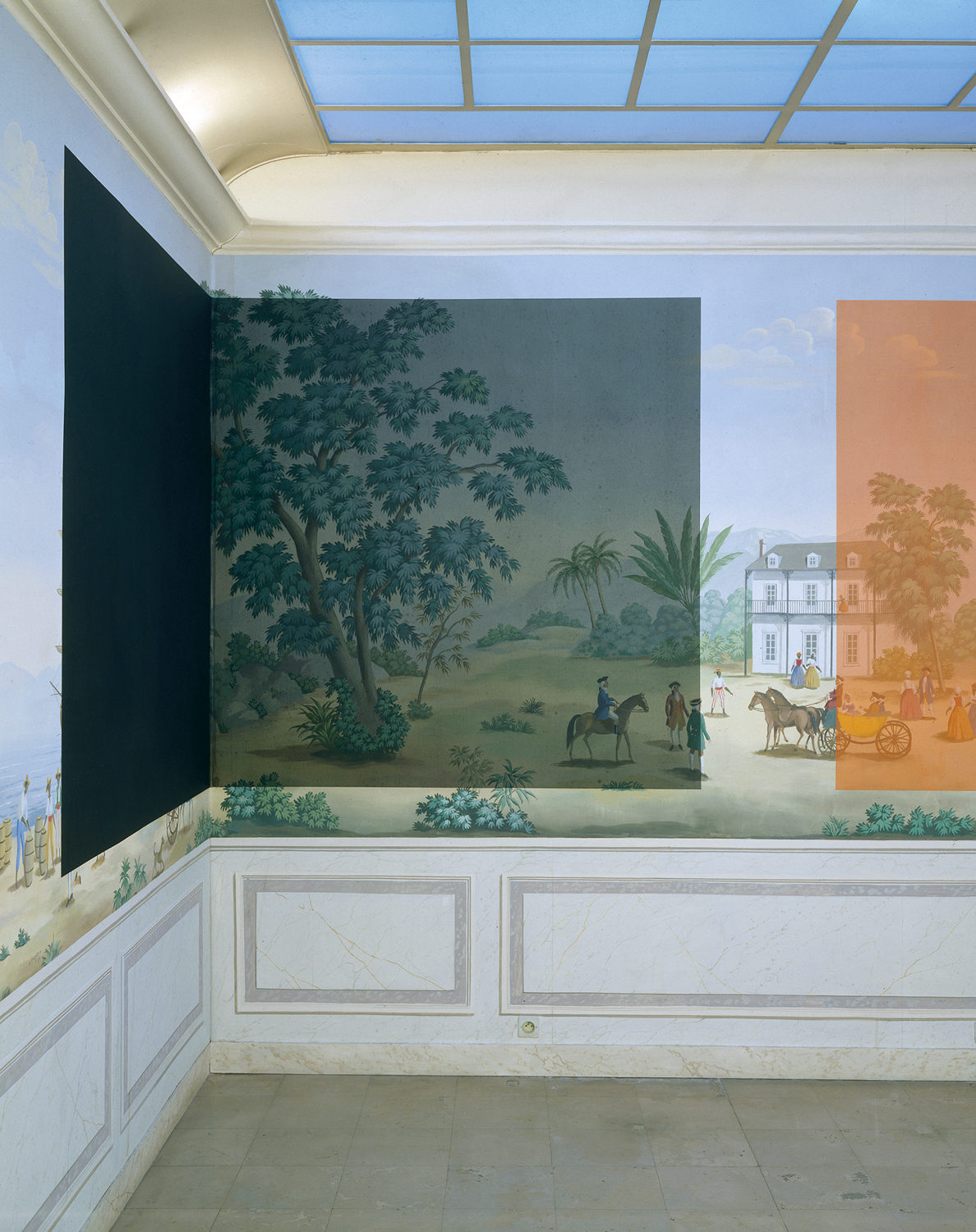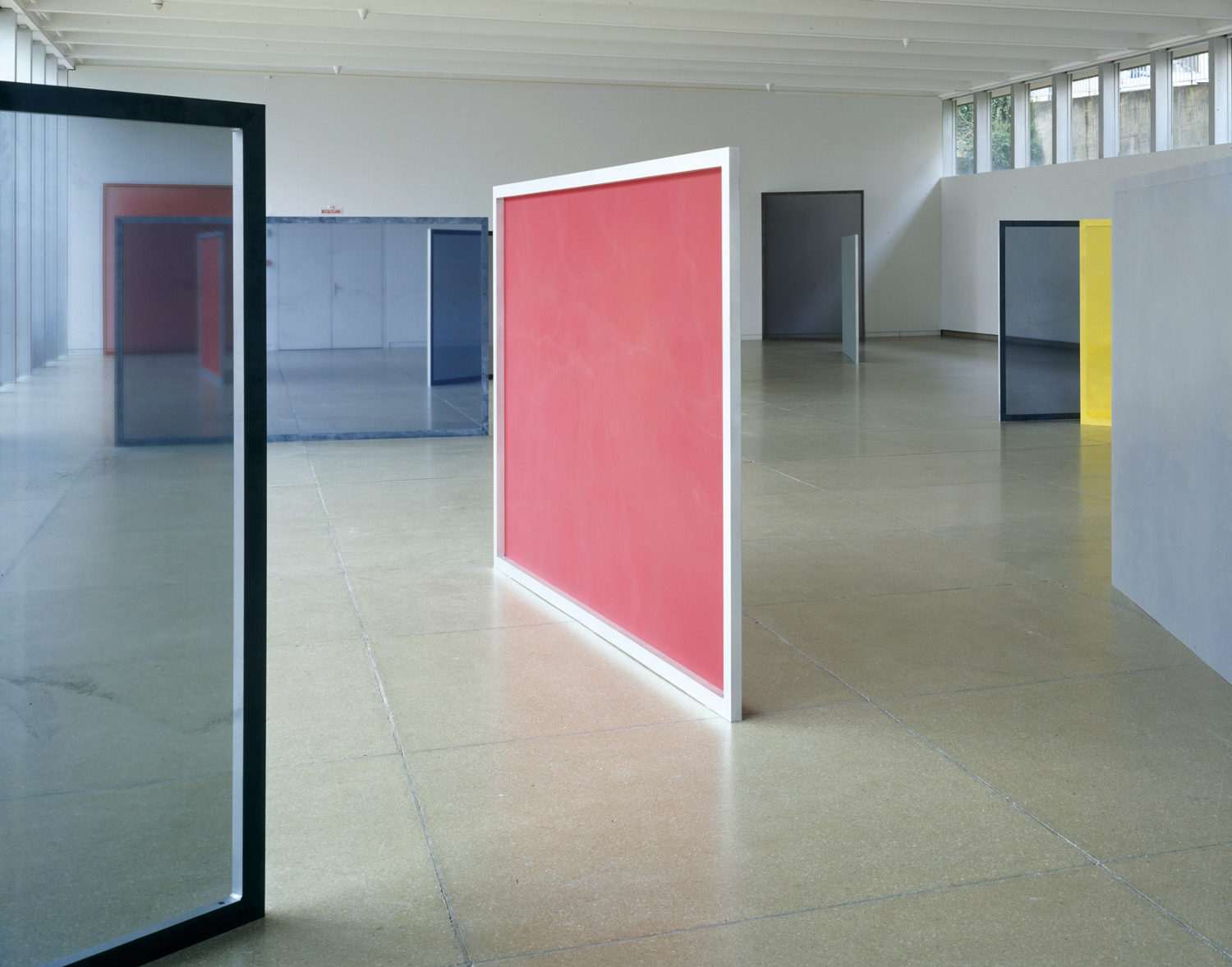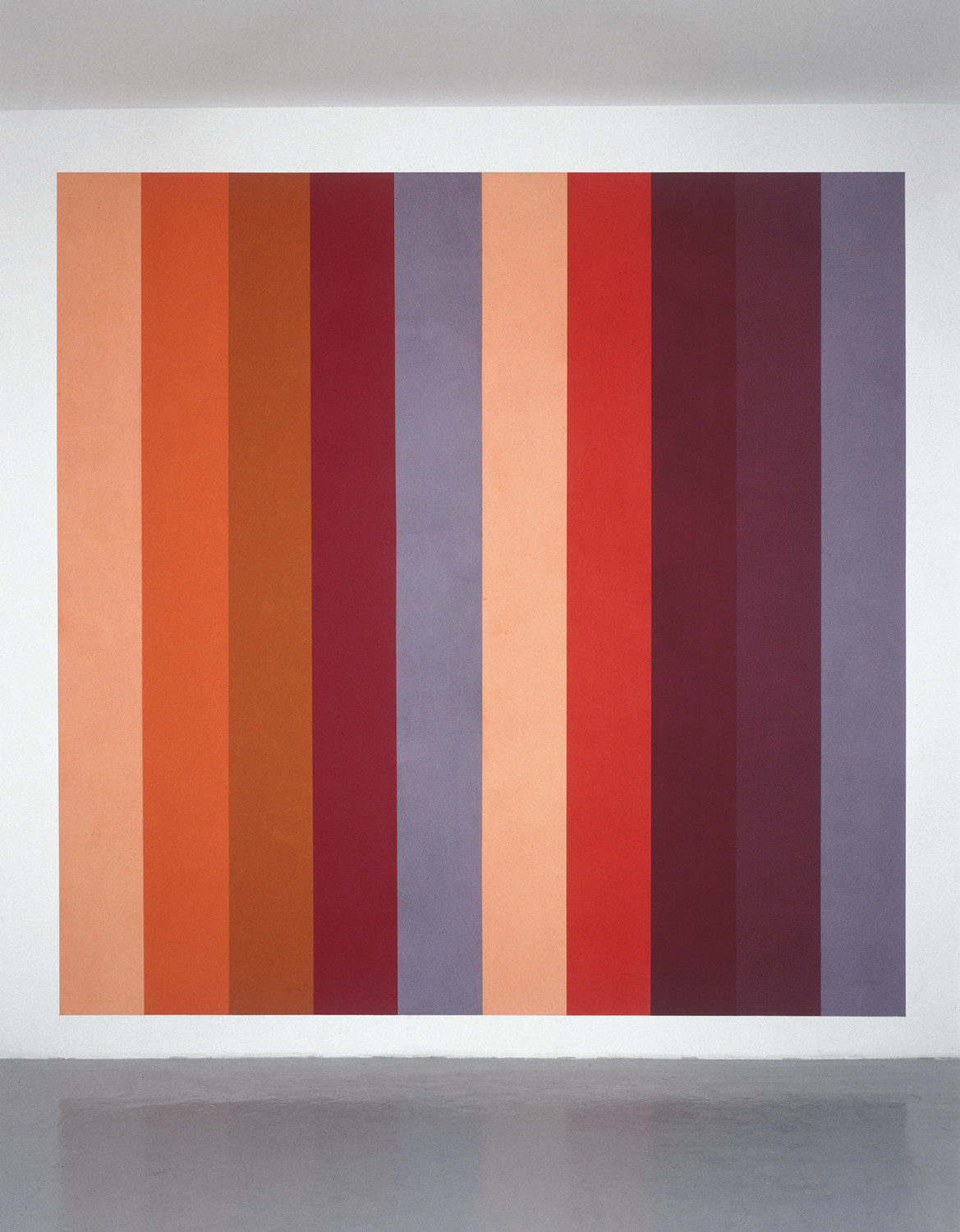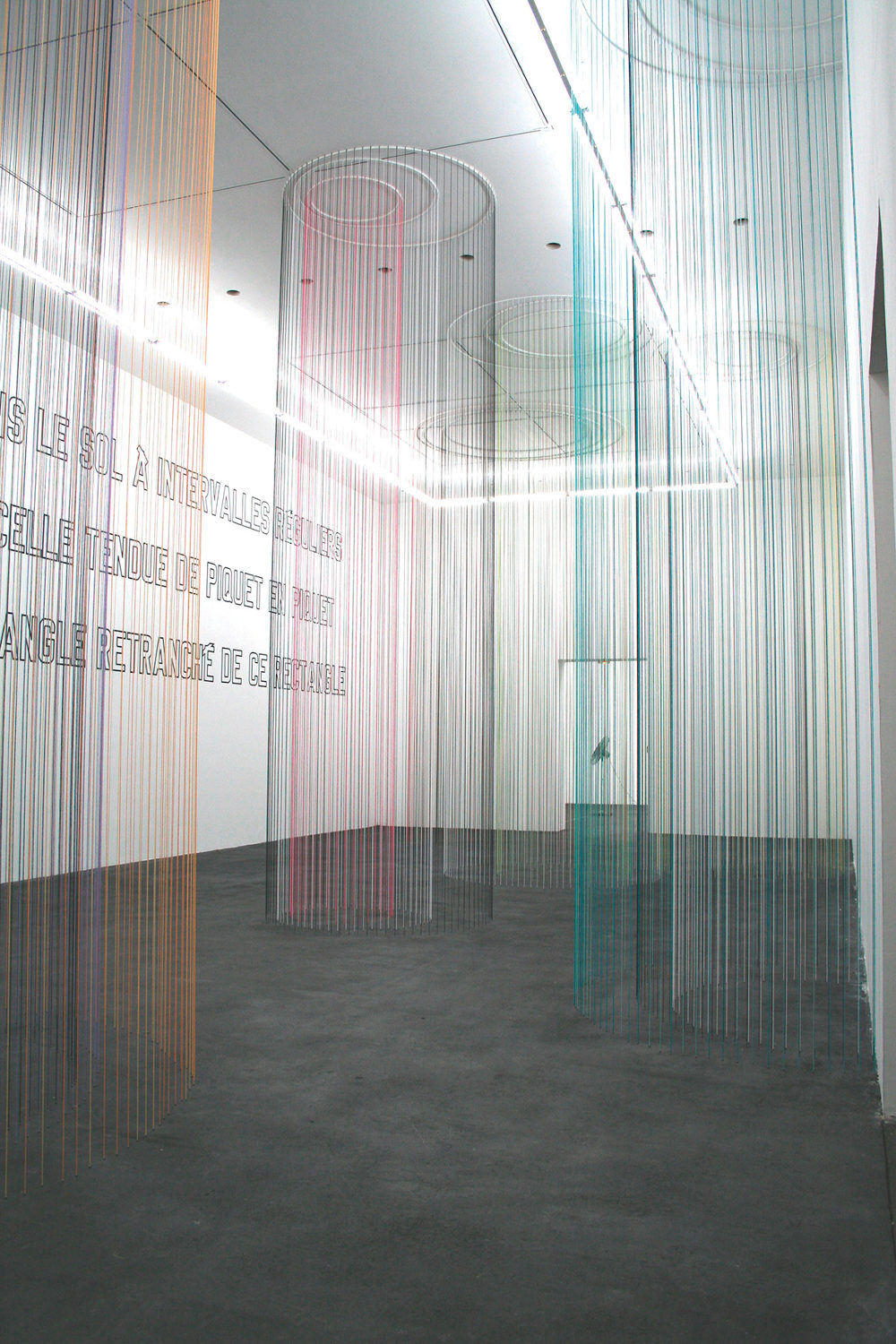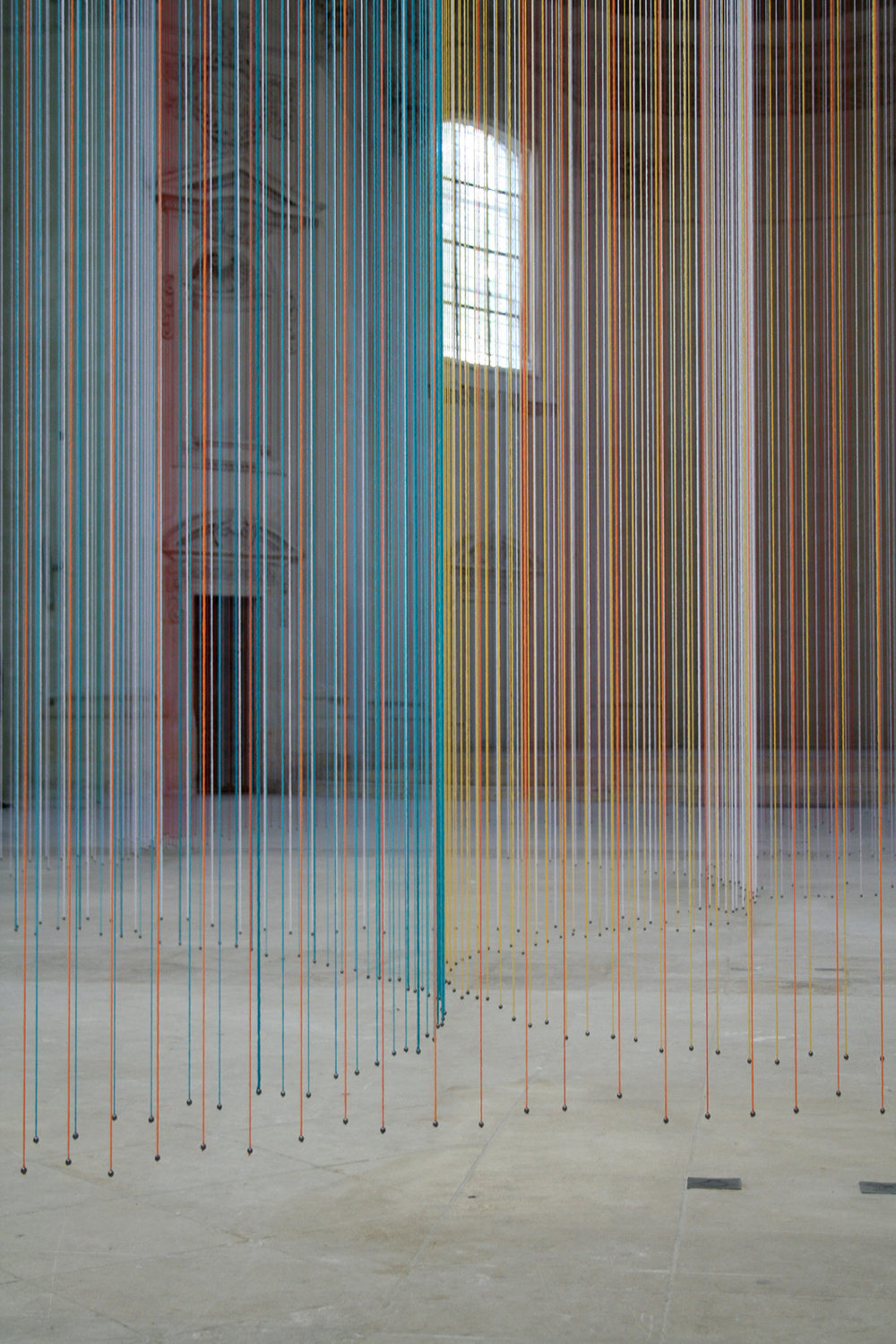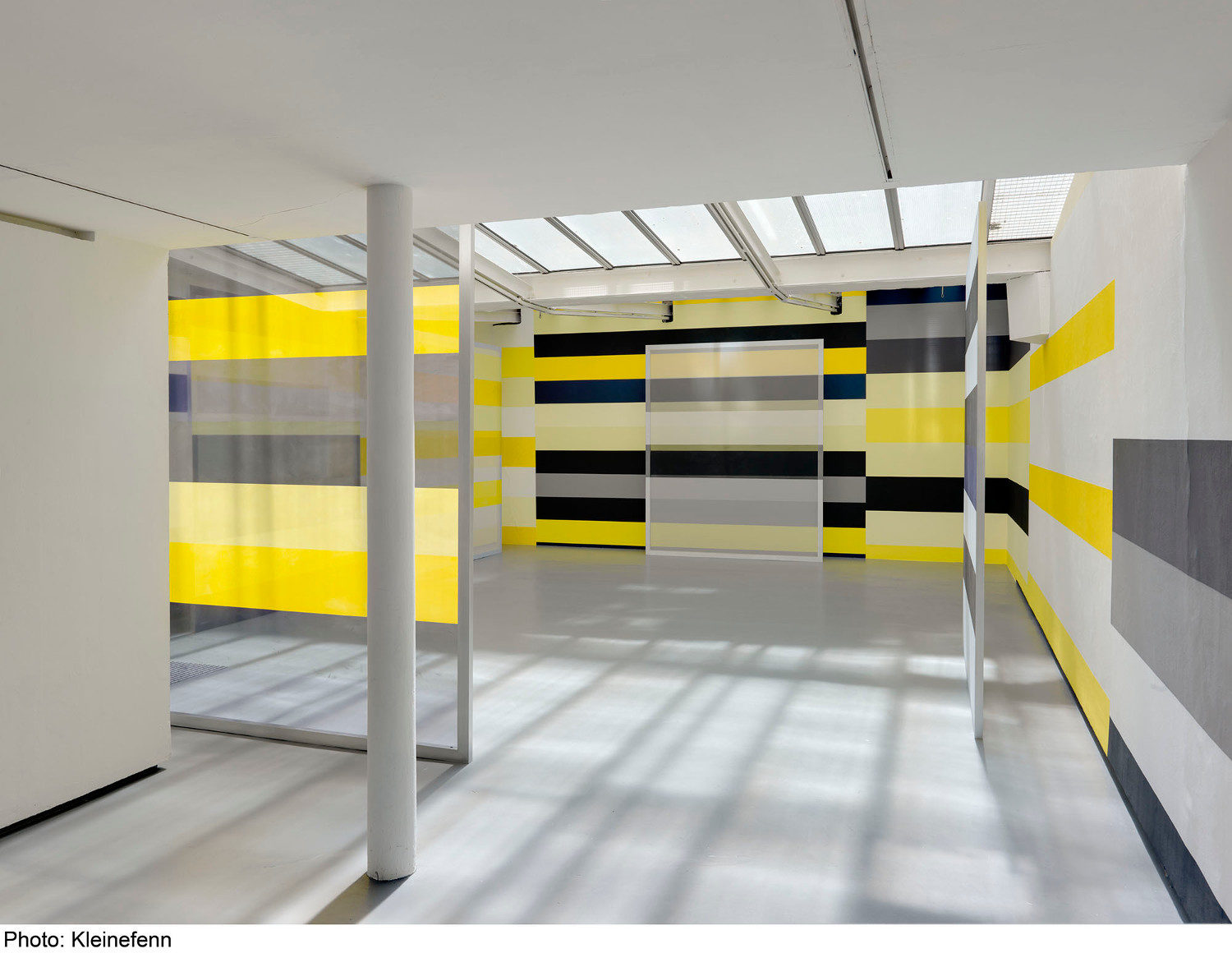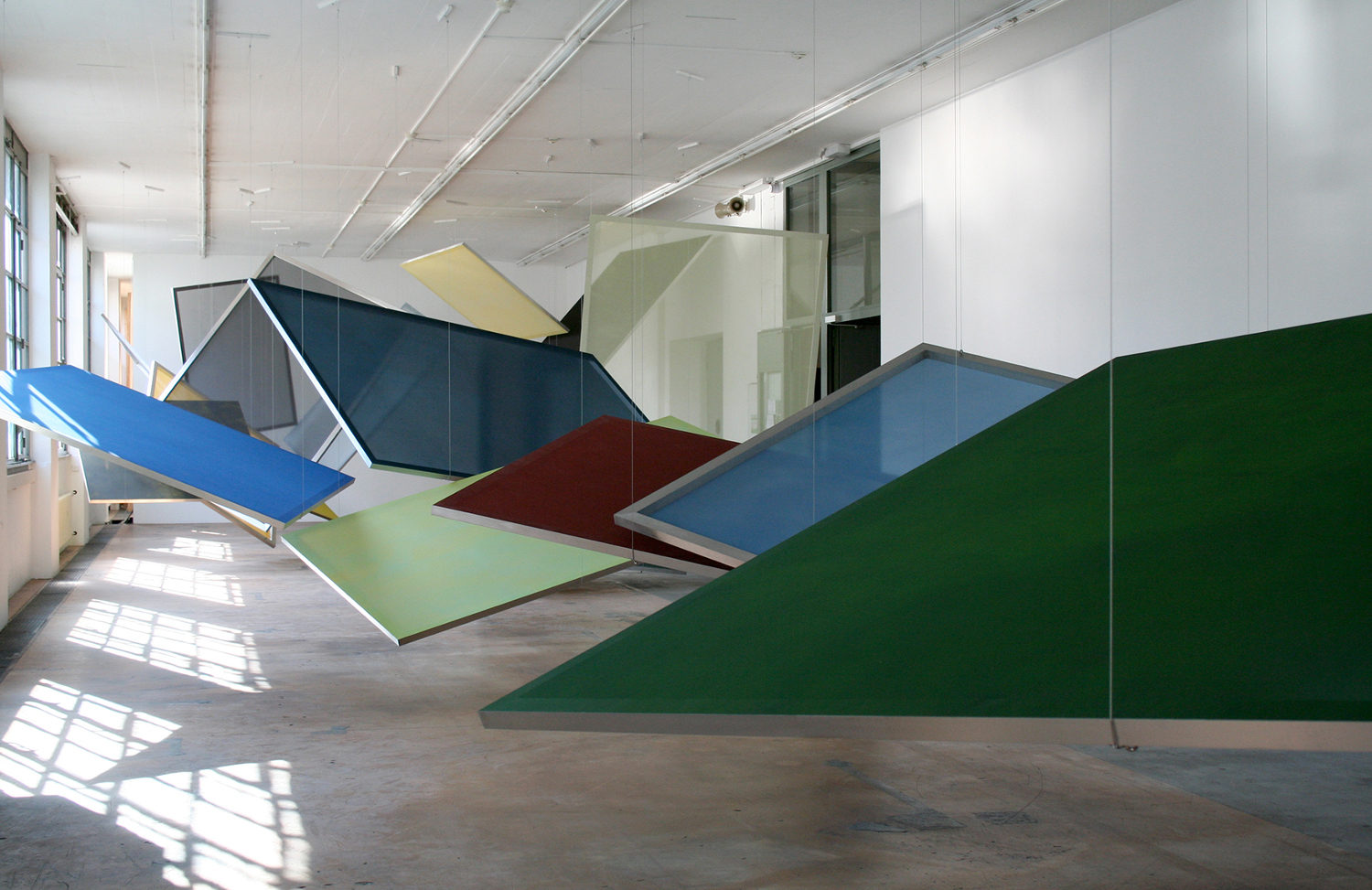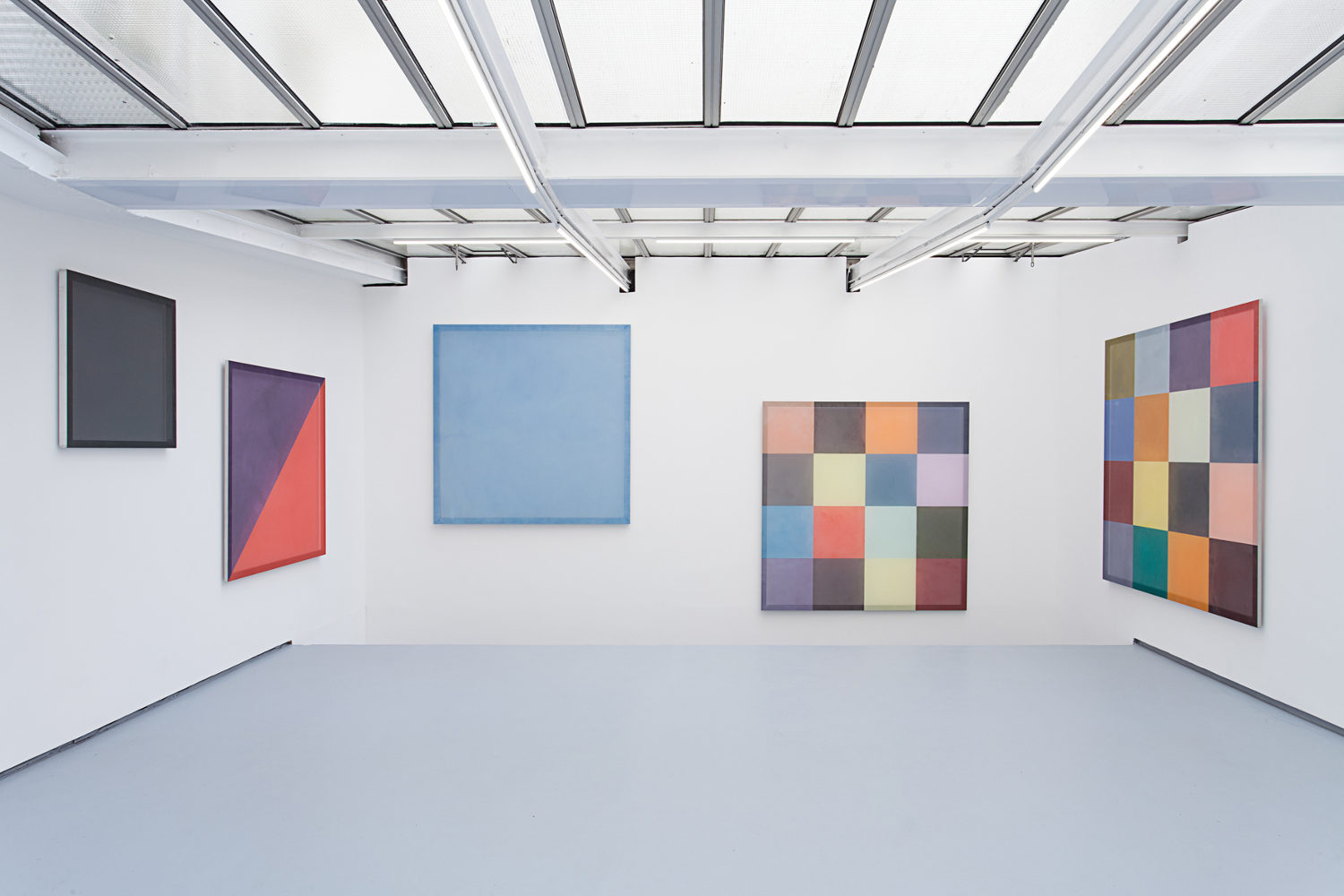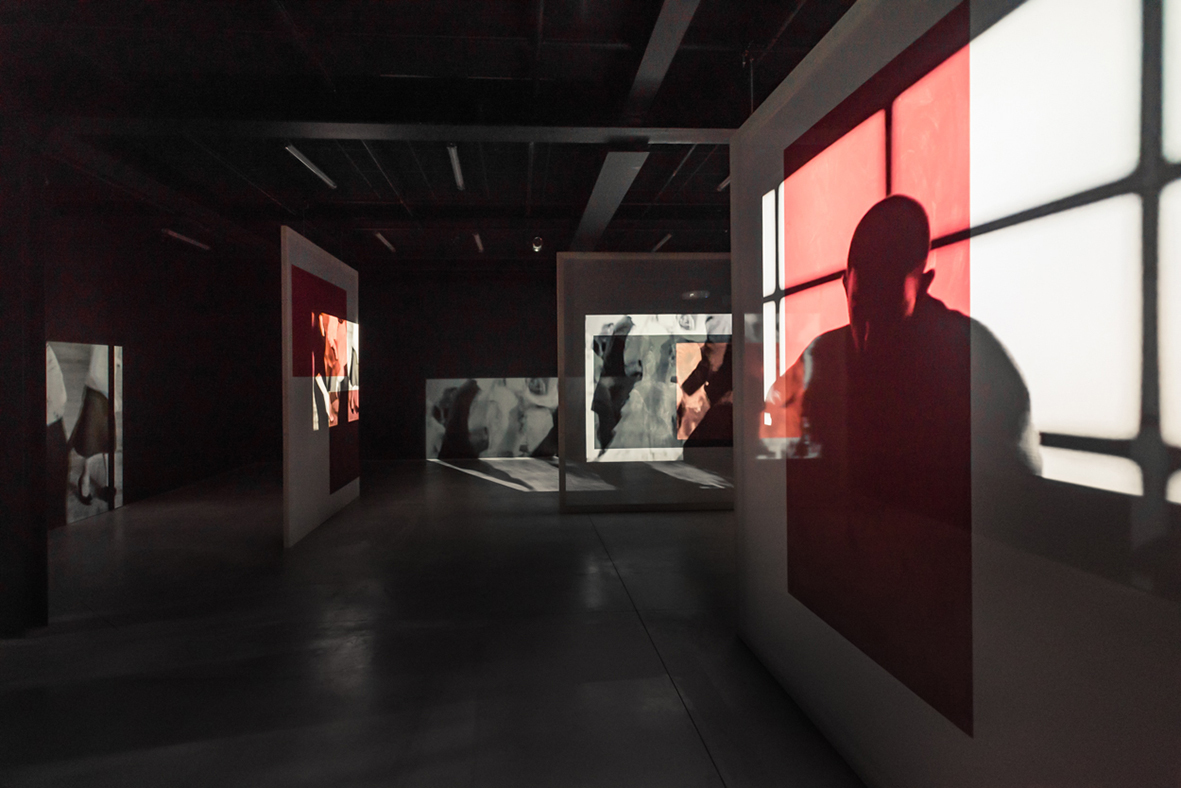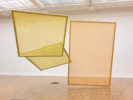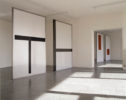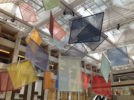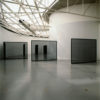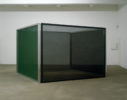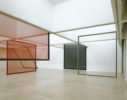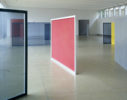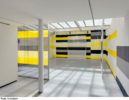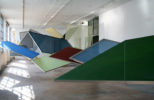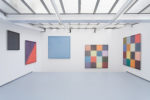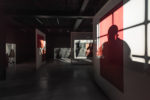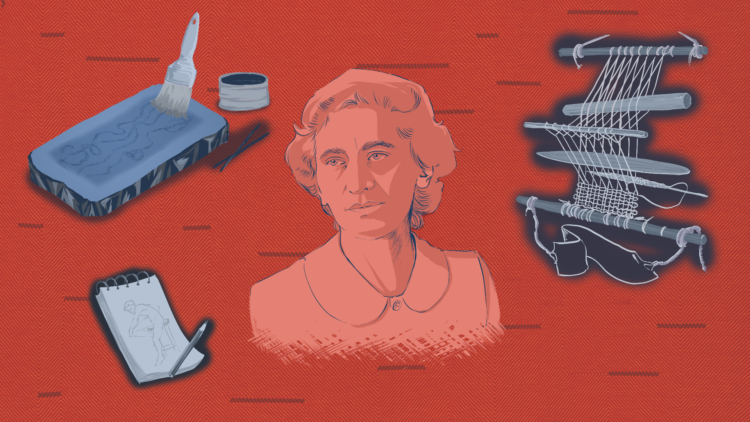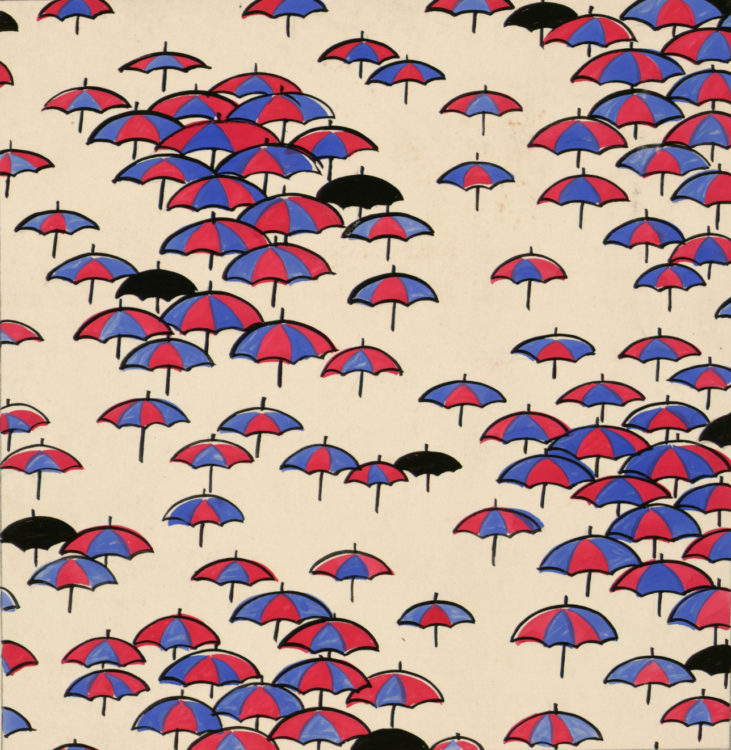Cécile Bart
Cécile Bart, Suspens, Frac Bourgogne, Dijon, 13 June – 29 November 2009
→Cécile Bart : Virevoltes, Musée des Beaux-Arts de Nantes, 29 January – 26 April 2010
→Cécile Bart, silent show, Centre de création contemporaine Olivier Debré, Tours, 9 December 2017 – 13 May 2018
Chavanne Blandine, Fleury Alice (ed.), Cécile Bart : Virevoltes, exh. cat., Musée des Beaux-Arts de Nantes, (29 January – 26 April 2010), Nantes, Musée des Beaux-Arts de Nantes, 2010
→Païni Dominique, Cécile Bart, plein jour, Dijon, Les Presses du réel, 2008
French painter.
Cécile Bart is one of France’s most prominent contemporary abstract painters. After studying at the École nationale supérieure d’art in her hometown and finding inspiration in minimalist experimentation and modern abstraction, she started creating her first “screen/paintings”. The originality of her approach resides in her use of translucent Terylene screens, which she coats with paint that she wipes away several times, until it reaches the required density. When juxtaposed, these monochromatic squares can be arranged in a wide variety of chromatic combinations – they can be laid out on the floor, applied to the wall, or framed and suspended in the centre of a room, perpendicularly to the walls or along the windows. Lighting and the viewer’s mobility are essential components of her works, which rely on the interplay of optical effects and chance.
In 1989, Bart presented a large-scale installation, Cadrer, in the nave of the musée d’Art moderne de la Ville de Paris. Twenty years later, on the occasion of her solo exhibition at the Frac Bourgogne in Dijon, she hung 21 of her large rectangle paintings so that they hovered a few centimetres above the floor. Through a methodical alternation of greys, ochres, carmines and blues, the work finds its rhythmic pattern in the tilting of the panels at various angles. Bart first used stretched wool or cotton thread in her work in the 2000s, with with AM, a tribute installation to the painter Agnes Martin (1912-2004) on the occasion of a group exhibition at the Couvent des Cordeliers in Paris. Six large blue rectangles of fabric were hung from the beams of the building, each alternating with six parallel rows of pale-coloured threads. Bart created her first circular installation of multi-coloured threads in 2006 for a collective exhibition in Sète. She called the series Toros, in reference both to Marcel Duchamp’s Rotoreliefs.. In 2010, the Chapelle de l’Oratoire, an annex of the musée des Beaux-arts in Nantes, presented a series of these coloured aerial threaded structures. Her Virevoltes, which are made to hang from the ceiling to the floor, determine the way viewers can circulate through the installation while also opening up their perspective.
© Éditions des femmes – Antoinette Fouque, 2013
© Archives of Women Artists, Research and Exhibitions, 2018




 Exhibition "Cécile Bart, L'hypothèse verticale" at Musée régional d'art contemporain in Sérignan
Exhibition "Cécile Bart, L'hypothèse verticale" at Musée régional d'art contemporain in Sérignan 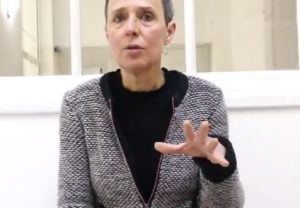 Interview with Cécile Bart
Interview with Cécile Bart 